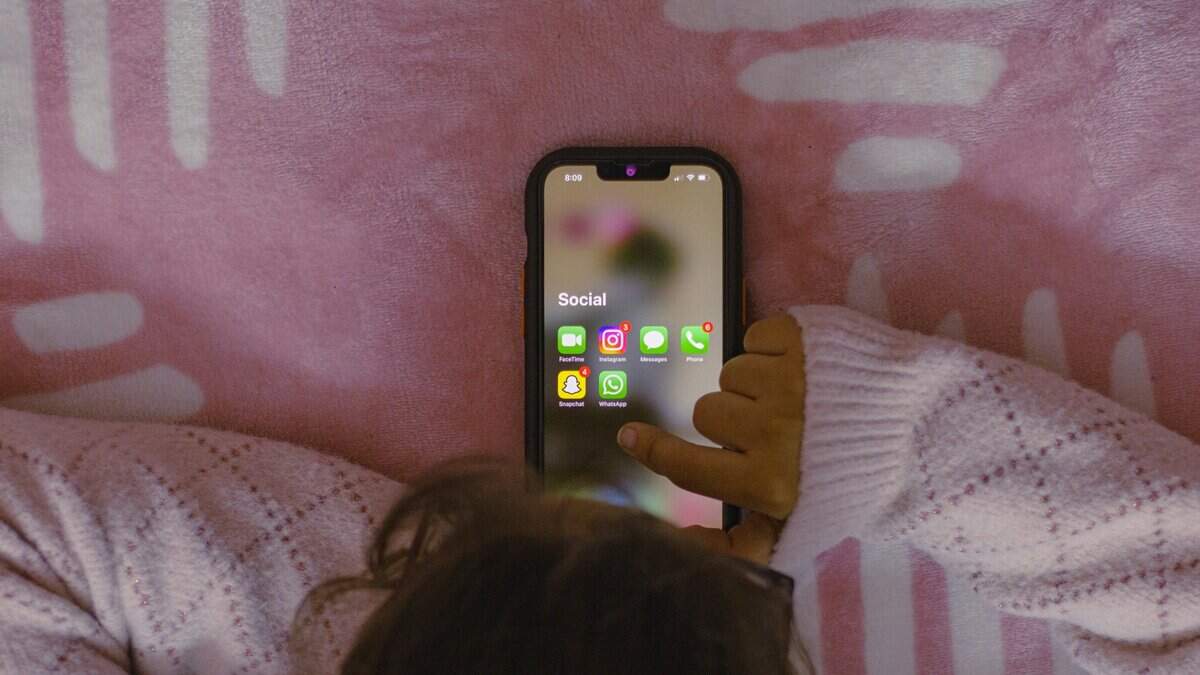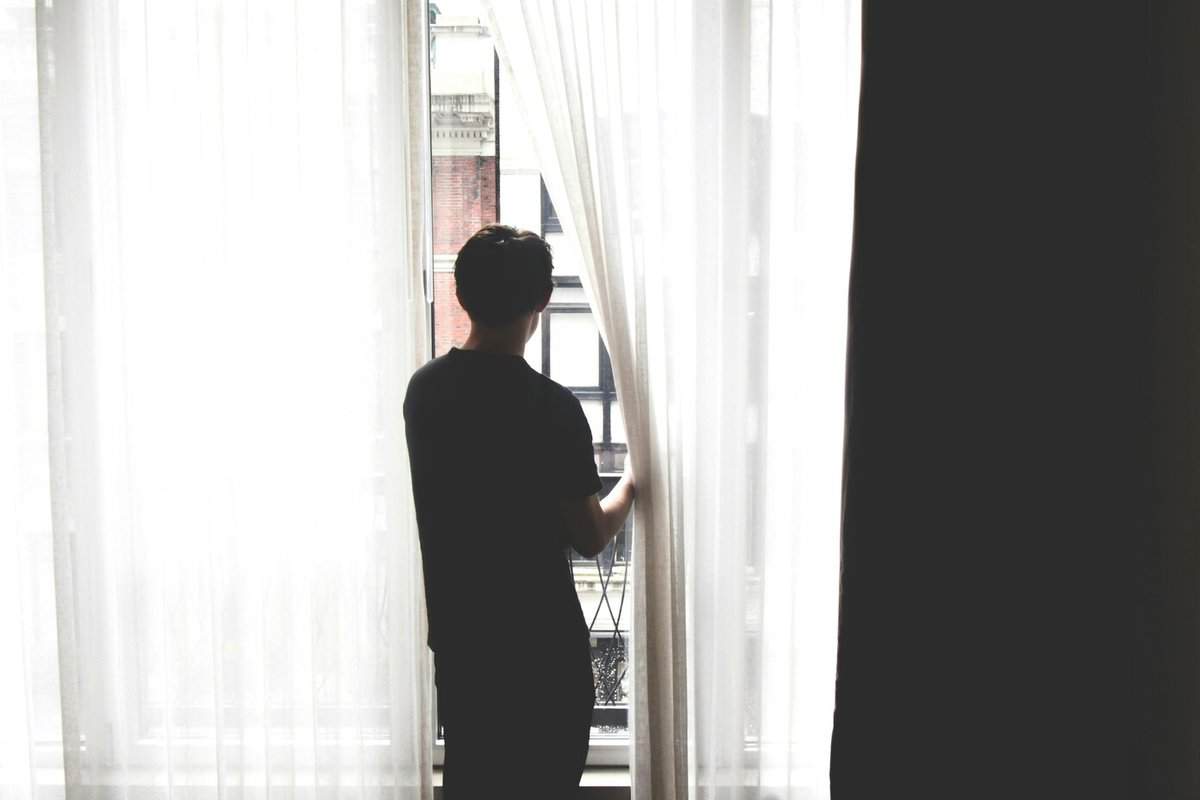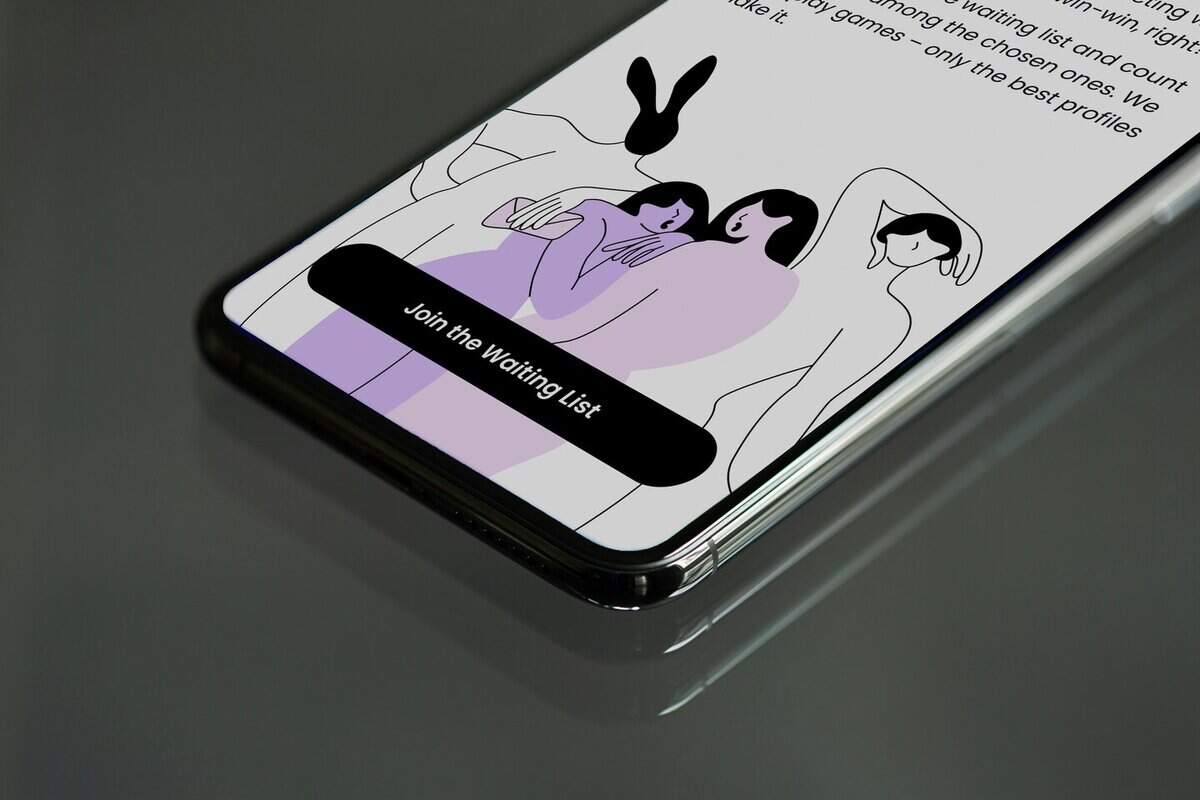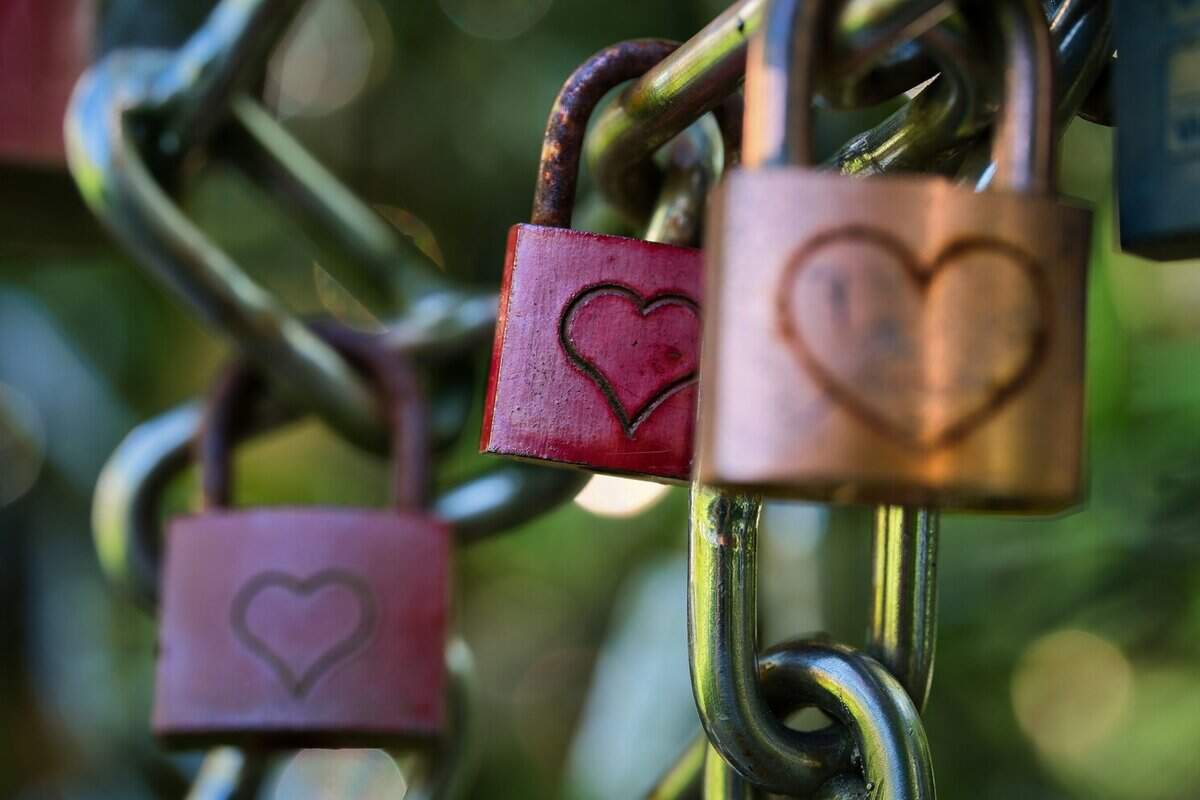Dating in the 21st century is probably trickier than it’s ever been, full of left swipes, ghosting, and endless options.
But now there’s this sneaky new trend called cushioning.
It’s basically keeping someone as a backup plan while you’re dating someone else – just in case things go south.
This trend exposes our deepest fears of being alone and highlights how many of us are uncomfortable with real commitment.
Spoiler: it’s pretty cruel, and honestly, kind of dehumanizing.
1. What Is Cushioning Anyway?
Cushioning is a trendy way of saying you’re keeping someone on the back burner, even if you’re already in a relationship or just exploring your options.
You might flirt, keep in touch, or subtly send mixed signals – keep them interested without crossing any clear lines.
It’s like having a safety net, so if your main thing falls apart, you’ve got another option lined up.
Do you ever stop to think how that person feels? Are they genuinely interested in you, and hopefully waiting for you to choose them?
Honestly, ghosting them would be kinder.
It doesn’t necessarily entail malicious intent, but still, it’s pretty shady when you think about it.
2. The Catchy Name
Cushioning isn’t some new invention.
People have been doing this forever – dating around, keeping their options open, and stringing others along.
The only difference is in the name. Gen Z came up with the new, catchy title, but this behavior has existed long before TikTok and Instagram.
It’s always been about avoiding loneliness and a fear of commitment.
Another thing that’s new is how openly we talk about it, and how casual it’s become to keep multiple people lined up as though they’re just pawns in our game.
3. The Root Cause
It could be said that cushioning is a type of defense mechanism, rooted in the fear of being alone.
Many people dread the idea of ending a relationship with no backup plan or being single, so they keep their other options lined up just in case.
It’s keeping your emotions safe on account of others.
This trend makes it easier to avoid difficult conversations that lead to profound commitment, leading to a cycle of superficial connections.
We’re so afraid of being lonely that we settle for less, keep options open, and avoid genuine intimacy.
That’s why cushioning feels so common – it’s a symptom of our collective discomfort with solitude.
4. Validation Over Commitment
Another reason cushioning is so popular is out craving for constant validation.
Keeping multiple options alive feeds our ego and makes us feel desired, even if we’re not fully invested.
It’s easier to get a quick hit of attention from several people than to fully commit to one.
This superficial validation keeps us hooked on the thrill of being wanted without the messy work of building something real.
It’s a toxic cycle that feeds insecurity and prevents genuine connection.
This trend can make us feel validated and in control, but at what cost?
5. The Illusion of Choice
Having too many options is another reason cushioning thrives.
With social media and dating apps, we’re constantly presented with potential matches.
This abundance leads to indecisiveness and restless wandering – why settle down when there’s always someone better just a swipe away?
This trend lets us keep our options open without ever making a firm choice.
It’s pretty much wanting to have your cake and eat it, too, but it’s a recipe for emotional burnout and disappointment.
6. The Cruelty of Leading Someone On
In essence, cushioning is a form of emotional cruelty. It’s built on vague promises, mixed signals, and half-truths, which keep the other person invested.
Imagine putting your heart into someone who’s only half-committed, and keeping other people as a backup.
It’s dehumanizing because it reduces individuals to game pieces.
People deserve honesty and respect, not to be kept around as emotional safety nets.
Cushioning exploits vulnerability and preys on insecurities. It’s a selfish move that damages trust and makes genuine love feel like a gamble.
7. The Impact on Trust and Self-Esteem
When cushioning becomes common, it erodes trust in relationships and your own self-worth.
If you’re the one being kept around just in case, it’s natural to feel like you’re not enough or not deserving of real commitment.
The people who do the cushioning might be telling themselves they’re just keeping their options open, but they’re actually hurting someone.
This trend creates a toxic environment where nobody really feels secure or valued.
Long-term, it damages your ability to trust yourself and others.
A genuine connection is built on trust and respect, not convenience.
8. The Justification
Many people justify cushioning by saying they’re just choosing to have fun or are not ready for a relationship, but it’s often just avoidance.
We want love without vulnerability, and validation without commitment.
This paradox makes it hard to settle down or truly move on, because we’re always looking for a safety net.
The result? A cycle of superficial encounters, constant wandering, and never really finding that one person we can fully trust.
It’s a sad reflection of our fear of solitude, yet ultimately, it leads us to being all alone.
9. The Myth of Having Options
The idea that having numerous options makes us free is completely false. It actually makes us restless, impatient, and unable to make a choice.
Cushioning perpetuates this myth by making it so we don’t have to face rejection or vulnerability.
We act as if having options is empowering, but it’s really just avoiding the work it takes to build lasting connections and true love.
Choosing someone means giving up all the other possibilities, and that’s terrifying to many people.
So, they cling to multiple backups, convincing themselves they’re just being smart, and never really feeling fulfilled.
10. Let’s Call It Out
Cushioning is one of the worst dating trends.
It’s cruel, dehumanizing, rooted in fear, insecurity, and a lack of emotional maturity.
It keeps us from experiencing genuine love and teaches us to settle for superficial validation.
We need to recognize that true connection requires honesty, vulnerability, and the courage to commit. No more keeping people as backups or hiding behind our other options.
This trend also keeps us from embracing loneliness, and makes us dependent on others’ validation, which stunts real growth.
A little Aquarius, devoted to writing and embroidery. Through my writing, I hope to empower readers to align with their true selves and navigate life’s mysteries with confidence.











